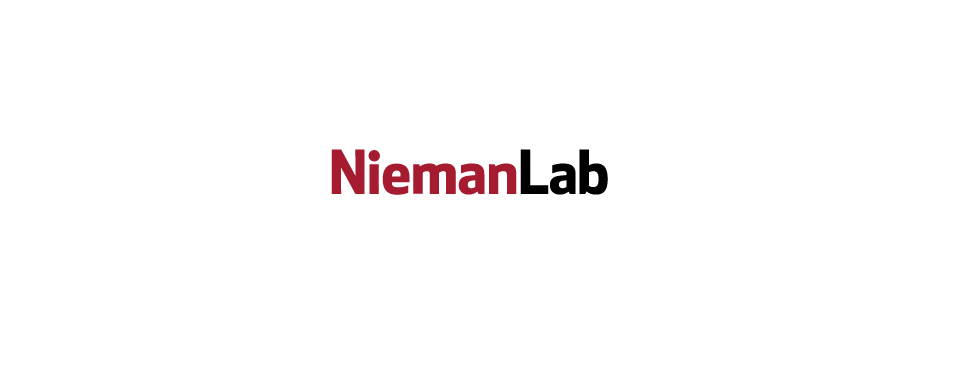For journalists in 2020, some of the biggest hurdles in getting factual, corroborated information to news consumers are getting to them before the misinformation does or correcting the false information they’ve previously consumed.
Every time something like QAnon or the Plandemic video makes its way to national headlines, I know I’m not alone in wondering how these things got into people’s news feeds in the first place. Who puts these things together and why? Who wins and loses in all of this?
A new project from the Technology and Social Change (TaSC) team at Harvard’s Shorenstein Center on Media, Politics and Policy wants to help journalists, policymakers, and researchers answer those questions as they move forward in their work. The Media Manipulation Casebook, published Tuesday, is a collection of case studies that break down the evolutions of previous and current misinformation campaigns into five stages. Each case study identifies the order, scale, and cope of the information, who was involved, which platforms were used, what vulnerabilities were exploited, and impacts of the campaign...
As word (and links) continued to spread, NBC News reported that Plandemic “has been shared by celebrities, including the comedian Larry the Cable Guy, NFL players and Instagram influencers with millions of followers.” In the same article, George Washington University’s David Broniatowski discussed Plandemic’s resonance — and hazard — across normally unaligned groups: “The danger with movies like this is that they can weave all of the disparate streams into a common narrative, building a coalition for political and collective action, even when the reasons for this coalition aren’t universally shared.”


